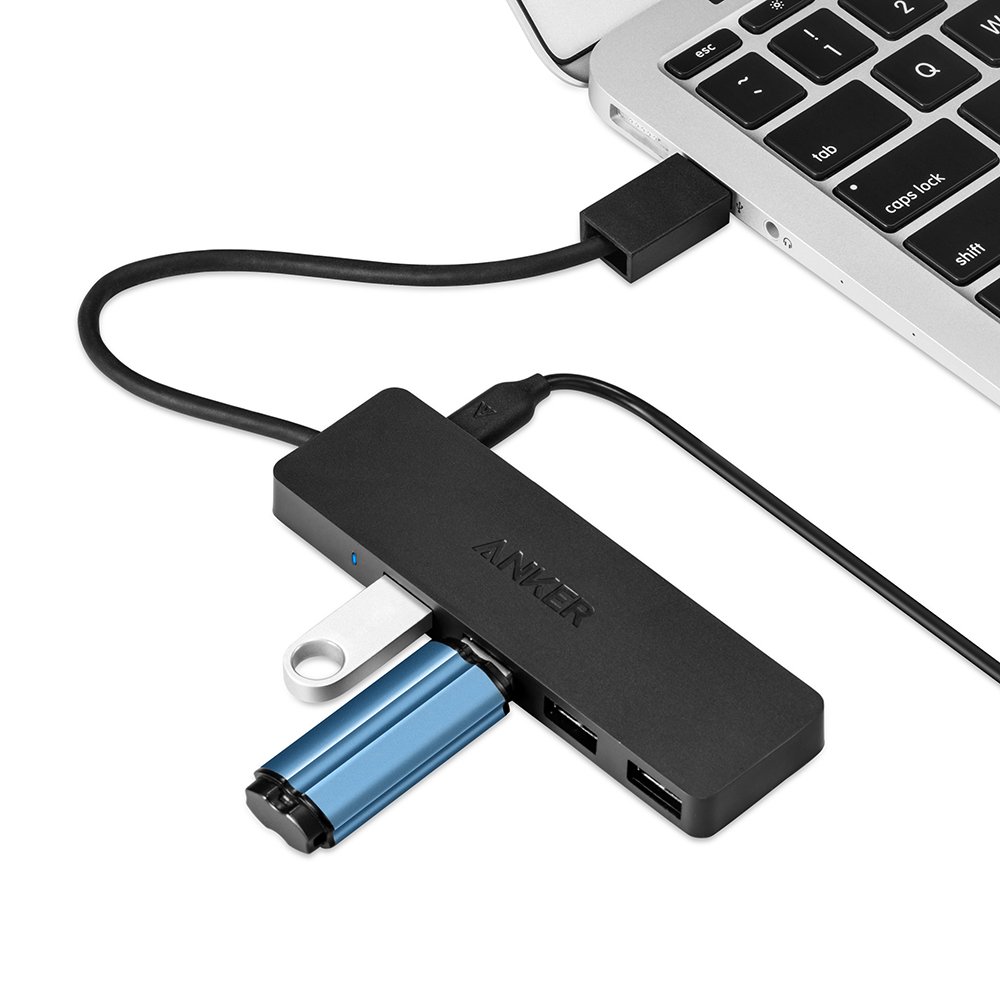Hi folks, so does SSD make a big difference compared with HDD, and if so, in what way and how much of a difference? Also, what's the best way to take advantage of this difference (i.e. best to store files in a certain way)?
I can choose between two systems, one which has SSD and one which has 1TB HDD (systems below). As a side note, if you have any feedback on these systems that would be great thanks.
1) i5-6300HQ (2.3 GHz), 15,6" Full HD IPS, 8GB RAM (DDR4), 1TB HDD, 4-cell lithium ion (60Wh)
2) i7-4720HQ (2.6 GHz), 15,6" Full HD, 8GB RAM (DDR3), 256GB SSD, 4-cell lithium ion (44Wh)
I can choose between two systems, one which has SSD and one which has 1TB HDD (systems below). As a side note, if you have any feedback on these systems that would be great thanks.
1) i5-6300HQ (2.3 GHz), 15,6" Full HD IPS, 8GB RAM (DDR4), 1TB HDD, 4-cell lithium ion (60Wh)
2) i7-4720HQ (2.6 GHz), 15,6" Full HD, 8GB RAM (DDR3), 256GB SSD, 4-cell lithium ion (44Wh)




